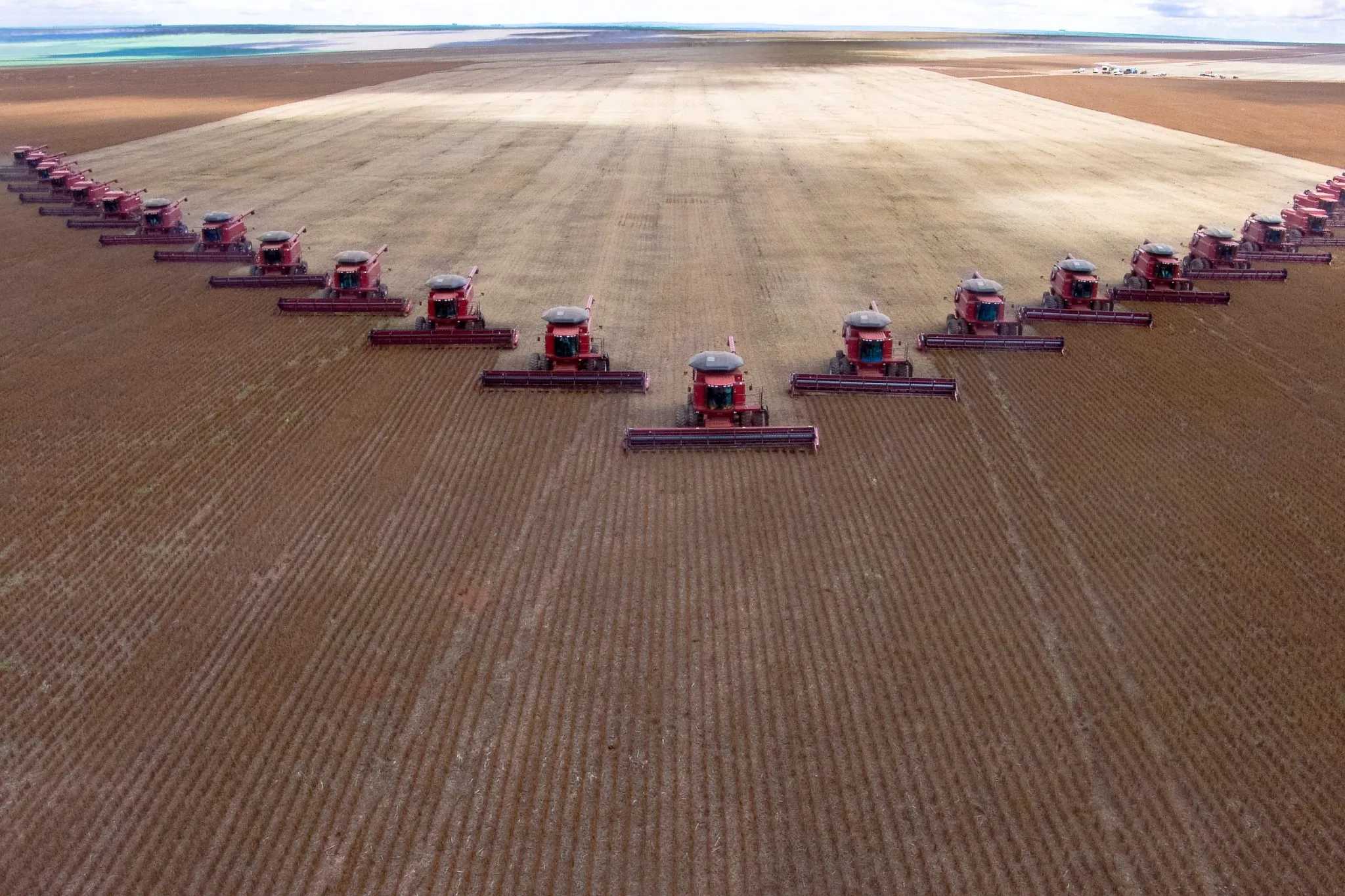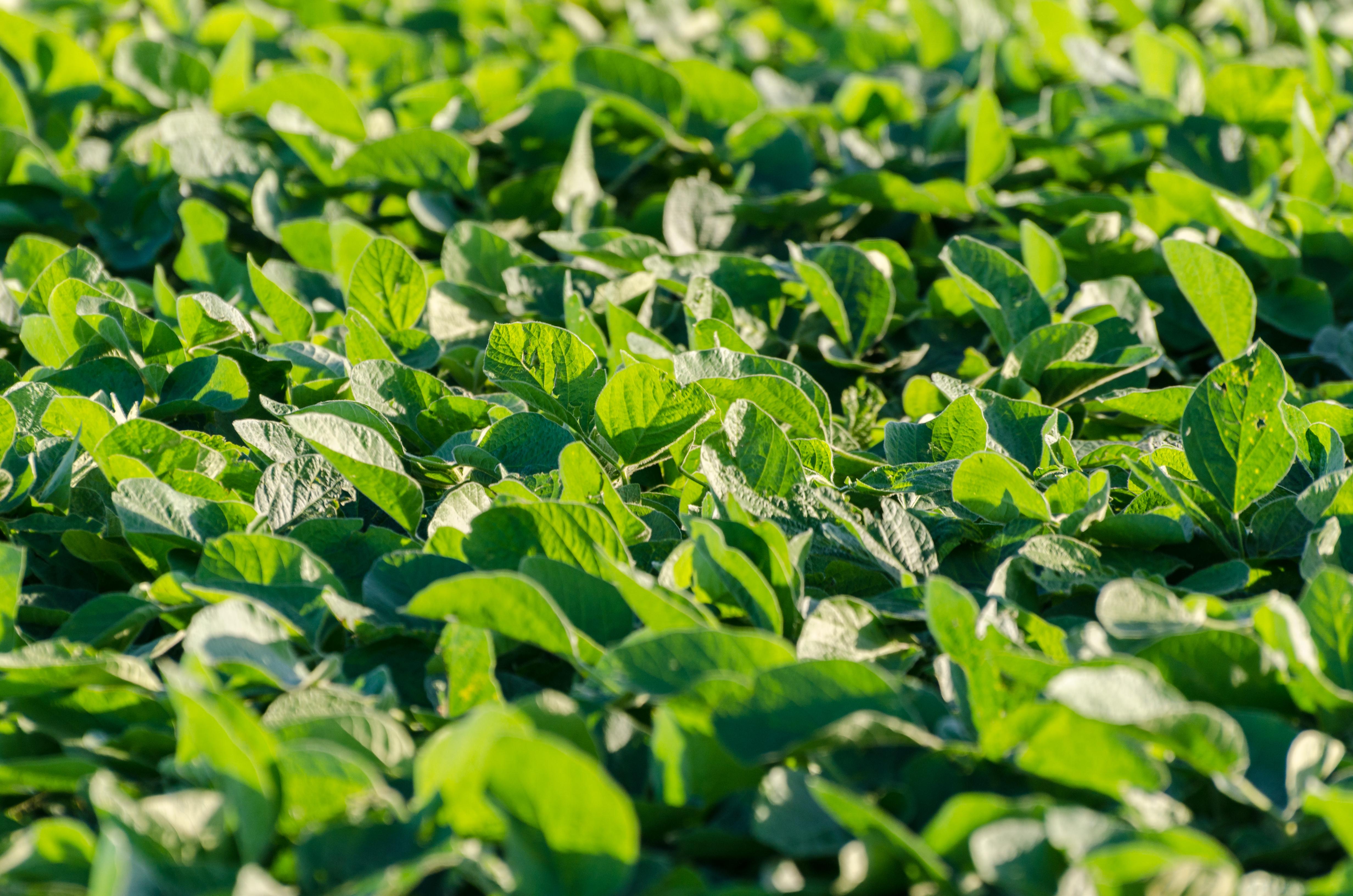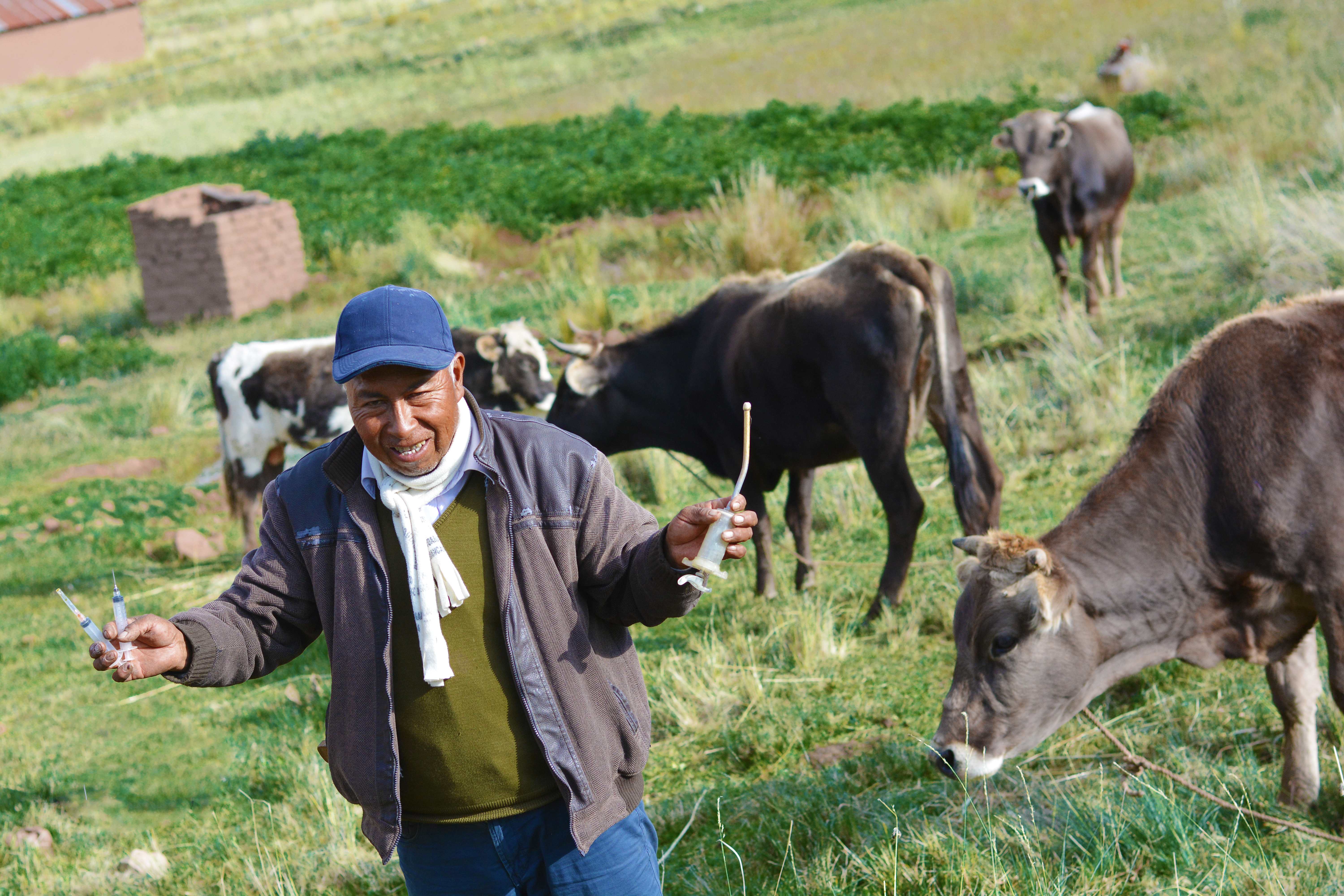
Why Invest in Agriculture?
Discover the benefits of agricultural investments in today's uncertain economic climate
A Stable Investment in Turbulent Times
The world today is facing serious economic and political instability and uncertainty. Rocked by a global financial crisis, tumbling stock markets, rampant inflation, eroding equity portfolios and the value of traditional financial instruments, investors are facing unprecedented challenges.
Fiscal and monetary chaos, currency devaluations and diminishing assets across virtually all classes show a disturbing correlation. Political instability and serious geo-political conflicts create a perilous environment.
Agriculture continues to demonstrate long-term growth and stability across different jurisdictions and sectors, providing a stable rock in the raging sea of finance.
Learn More
Key Benefits of Agricultural Investments
Investors enter the agricultural investment space for several compelling reasons
Invest in secure, developed markets providing quality farmland in reliable climatic zones. Agricultural investments offer stability during economic downturns and market volatility.
Access to a growing global population and increasing demand for food and agricultural products, with the potential for significant capital appreciation and income generation.
Agricultural investments provide a hedge against inflation and have low correlation to traditional asset classes like stocks and bonds, enhancing portfolio diversification.
Environmental, social, and governance factors are increasingly important to investors. Agricultural investments contribute to sustainable development and food security.
As inflation rises, so do food prices and land values, making agricultural investments an excellent hedge against inflation and currency devaluation.
Unlike stocks or bonds, agricultural investments are backed by real, physical assets with intrinsic value that cannot be erased by market crashes or financial crises.

Our Investment Approach
At Southland360, we take a triple bottom-line approach, where financial, environmental, and social factors are in focus. The best use of land is carefully considered, including carbon-farming practices and farmland optimization by integrating Ag-Tech solutions.
- Long-term growth and regular income coupled with sector-typical stability
- Increased long-term total return potential
- No correlation to traditional asset classes
- The ultimate inflation hedge
- An absolute 'Must' for any portfolio diversification
Uruguay's Agricultural Excellence
Uruguay's competitive advantages have positioned its agribusiness sector in the top 10 places in the ranking of global exports for several products
Global exporter of cellulose (wood pulp)
Global exporter of combed wool and rice
Global exporter of dairy products
Global exporter of soybeans
Global exporter of beef meat, accounting for 5% of global beef exports
Uruguay is the only country in the world with 100% traceability of its herd
Uruguay: A Forestry Powerhouse
Uruguay is one of the best places in the world for forestry projects
Rapid Growth
Uruguay enjoys one of the fastest global growth rates in eucalyptus with 8-10 year harvest cycles, compared to 20-30 years in many other regions.
Sustainable Practices
Uruguay does this in a sustainable way and has the world's highest FSC certification: 85% of forests are certified for sustainable management.
Integrated Sector
Highly integrated sector: in 2006 UPM (Finland) and in 2010 Stora Enso (Sweden) built the world's largest and newest pulp mills, and UPM is building a 2nd state of the art plant in 2022.
Ready to Explore Agricultural Investment Opportunities?
Contact our team today to learn more about how Southland360 can help you diversify your portfolio with premium agricultural investments in Uruguay.
Contact Us